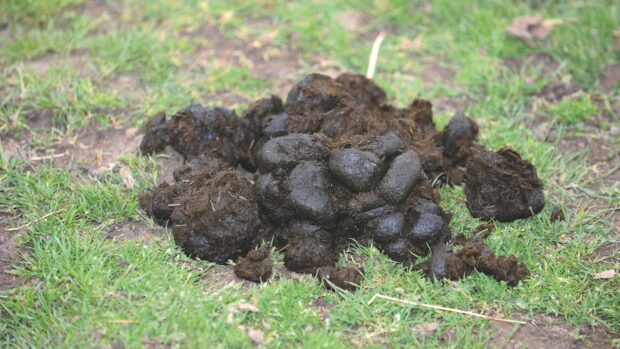Small redworms in horses are from the parasite group cyathostomins and they are the most deadly of all the parasitic horse worms. An increasing resistance to medicinal wormers for horses is helping this deadly group to flourish.
The cyathostomins comprise around 50 species and at certain stages of their life cycle they cannot – as yet – be detected in equines, although a test to identify cases of encysted redworm is now under development.
Almost all grazing horses become infected with cyathostomins at some stage in their lives, with most showing no ill effects whatsoever. The infective larvae are acquired slowly over the entire grazing season and migrate into the lining of the large intestine, where they enter a state of arrested development.
The severe damage caused by this type of parasite infection occurs when the arrested stages of this parasite all reactivate at the same time and emerge from the gut lining into the intestine in bulk. This typically occurs in spring, but it’s not entirely clear what environmental factors trigger the reactivation of the small redworm larve.
The huge migration of the small redworm larvae from the lining of the large intestine causes massive disruption to the gut’s ability to function as normal. Many horses with larval cyathostominosis (springtime diarrhoea caused by small redworms) will develop severe diarrhoea. They will also lose weight and become weak. A small proportion of affected horses do not show diarrhoea, but will lose weight and become very dull and depressed.
Larval cyathostominosis can be fatal in up to 50% of cases, even in animals treated intensively. Treatment of this condition is difficult and dangerous. It involves treating the emerging parasite larvae with worming drugs while simultaneously decreasing the inflammatory reaction that is disrupting the normal function of the intestine. Severely ill horses may also need supportive treatment, such as intravenous fluids and protein supplementation. Treatment can worsen the signs of this disease and, ultimately, can lead to death.
For this reason is it vital that horse owners take action to control the presence of small redworm in their horses to avoid the risk of larval cyathostominosis.
Practical steps to control small redworms in horses
- Worm all horses in late autumn or early winter: use a wormer that is effective against encysted larvae parasites in the gut wall (such as one containing moxidectin).
- Follow a strategic worming programme: faecal worm egg count analysis should be carried out in the spring and summer, leaving individuals with negative or low faecal worm egg counts untreated to encourage non-resistant worms.
- Integrate wormer therapy with good grazing management: maintain low stocking densities, rotate grazing with other animal species if possible and pick up droppings several times a week.
- Ensure wormer dosages are given as recommended by the manufacturer: weigh the horse or use a well-calibrated girth tape.
- Avoid using the same class of wormer year after year.
First published H&H 1 March 2012



